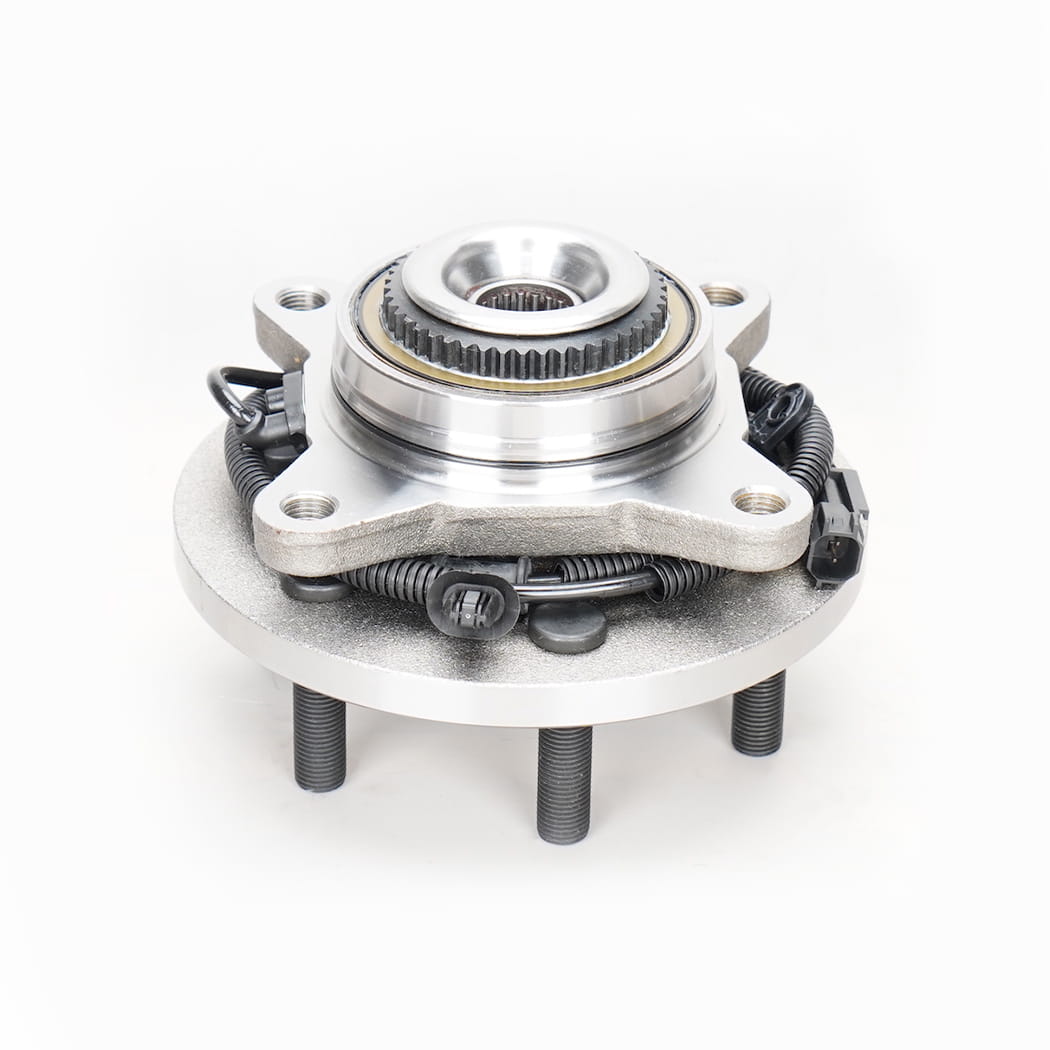In the complex mechanical tapestry of any vehicle, there are components that, while not glamorous, play a vital role in both the driving experience and vehicle safety. Vehicle wheel bearings and hub assemblies are these unsung heroes. Working together, they ensure that the wheels can spin smoothly and freely, all while supporting the vehicle's weight and maintaining the connection between the wheels and the suspension system.
Simply put, a wheel bearing is a precision-engineered mechanical device consisting of a series of balls or rollers held within two ring-shaped raceways. Its primary function is to reduce friction as the wheel rotates.
A wheel hub assembly, also known as a wheel hub bearing assembly or wheel bearing hub unit, is a pre-assembled unit that integrates the bearing, the hub, and a mounting flange. In modern vehicles, this integrated design is becoming increasingly common because it simplifies the repair process and enhances reliability.
In a traditional, non-integrated system, the wheel bearings are pressed inside the hub. The hub itself is the central component to which the wheel is mounted. As the vehicle moves, the bearings allow the hub to spin freely around the axle, enabling the wheel to rotate smoothly.
In modern vehicles, the hub assembly integrates these functions into a single unit. It bolts directly to the suspension system (like the steering knuckle or axle), and the wheel is then bolted to the assembly's flange. This design not only includes the wheel bearings but may also incorporate the Anti-lock Braking System (ABS) sensor, making it a multifunctional core component.
Ride Smoothness: High-quality wheel hub bearings minimize friction and noise, ensuring a quiet, comfortable ride.
Safety: Wheel hub assemblies are directly related to a wheel's stability and control. A failing wheel bearing unit can cause the wheel to wobble or even detach, with catastrophic consequences.
Fuel Efficiency: Reduced friction means the engine requires less energy to turn the wheels, which can slightly improve fuel economy.
Weight Support: These components must withstand immense vertical and lateral loads, ensuring the wheels maintain their correct geometry during turns, acceleration, and braking.

Wheel bearings and hub assemblies are wear-and-tear items that will degrade over time and mileage. Here are some common signs of wear:
Noise: The most frequent symptom is a whirring, humming, or grinding sound while driving. This noise typically gets louder with increased speed and may change when turning (for example, a noise from the right bearing may get louder when you turn left).
Looseness: If you can physically shake the wheel with your hands and feel significant play or looseness, it could indicate that the hub assembly or wheel bearing has worn out.
Abnormal Vibrations: Unusual vibrations in the steering wheel or vehicle body, especially at higher speeds.
ABS Light: If the hub assembly integrates an ABS sensor, a sensor failure or worn bearing may cause the ABS warning light to illuminate.
When you notice any of these signs, you should have your vehicle inspected and repaired immediately. Ignoring these issues can lead to more severe mechanical failures and compromise your safety.
Because vehicle wheel bearings and hub assemblies play a critical role in vehicle safety, their replacement requires specialized tools and expertise. It is highly recommended to have them inspected and replaced by a qualified technician. When choosing replacement parts, prioritize reputable brands and high-quality OEM or aftermarket products to ensure optimal performance and durability.
In short, vehicle wheel bearings and hub assemblies are essential to a smooth and safe ride. Understanding their function, importance, and signs of wear can help you maintain your vehicle better, ensuring every journey is secure and worry-free.